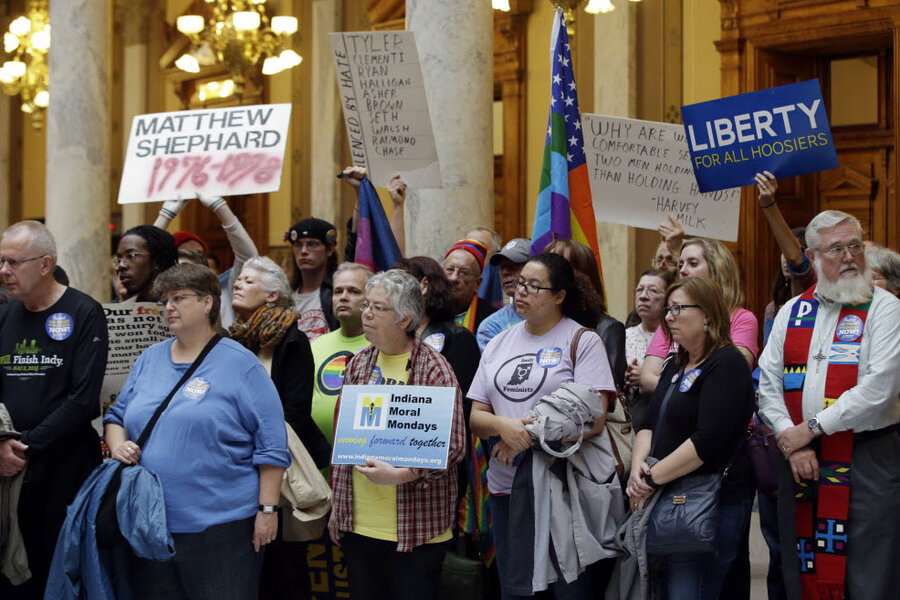Why are more people identifying themselves as bisexual?
Loading...
Women are three times as likely as men to be bisexual, according to a new study released by the Centers for Disease Control and Prevention Thursday.
Of the 9,000 adults between the ages of 18 and 44 interviewed for the survey, 5.5 percent of women and 2 percent of men identified as bisexual. While the percentage of bisexual males only increased .8 percent from a similar survey conducted a few years ago, the percentage of bisexual females witnessed a 40 percent increase.
But both genders are showing a shift in general sexual attraction. When the 18 to 24-year-old segment was asked if they were attracted to only the opposite sex, 75.9 of women and 88.6 percent of men said yes.
“I’ve never seen that figure below 90 percent,” Ritch Savin-Williams, a professor of developmental psychology at Cornell University and author of several books on sexual orientation, told NJ Advanced Media referencing the male statistics. “There’s a progression away from straightness, if you will.”
But Dr. Savin-Williams clarifies this progression: there are not more people identifing personally as bisexual than before, rather these trends have always existing but bisexuals now feel more liberated to expose their sexuality.
“I never take this as a change in actual sexuality,” Savin-Williams said of survey shifts. The percentage increases reflect a new willingness to vocalize their sexuality, rather than a larger trend within American sexuality. “I always think of it as reflecting permission – that women now have greater permission to say they have some sexual attraction to other women.”
Savin-Williams’ perspective is widely shared amongst his peers.
Debby Herbenick, associate professor at Indiana University and author of the book “Sex Made Easy” told CNN that as awareness about bisexuality grows, it is easier for people to identify and then label themselves as bisexual.
Greater acceptance of causes affecting the lesbian, gay, bisexual, and transgender (LGBT) communities within the past few years is also evident in the data. When breaking down the overall statistic of female bisexuality, 7.8 percent of women between the ages of 18 and 24 identified as bisexual, compared to 5.4 percent of women between the ages of 25 and 34 and 4 percent of women between the ages of 25 and 34. The same gradual decline of bisexual identifiers as age increases is also present for men.
Casey Copen, a demographer at the CDC National Center for Health Statistics and lead author of the study, said the larger rates of female bisexuality is consistent with past trends. Women have consistenly reported higher same-sex contact compared to men. And over the last few decades, women attracted to the same gender have identified less as lesbian and more as bisexual.
Overall, experts praise the CDC report for the specific nature of its questions. The survey differentiated between sexual attraction, sexual behavior, and sexual orientation, allowing respondents to answer with their relative level of attraction for each gender.
The report “makes clear that sexual orientation labels have a range of meanings for the people who use them,” says the Human Rights Campaign. “This finding underscores the fact that identities, while important, rarely tell the whole story of our experiences with sexual orientation.”








